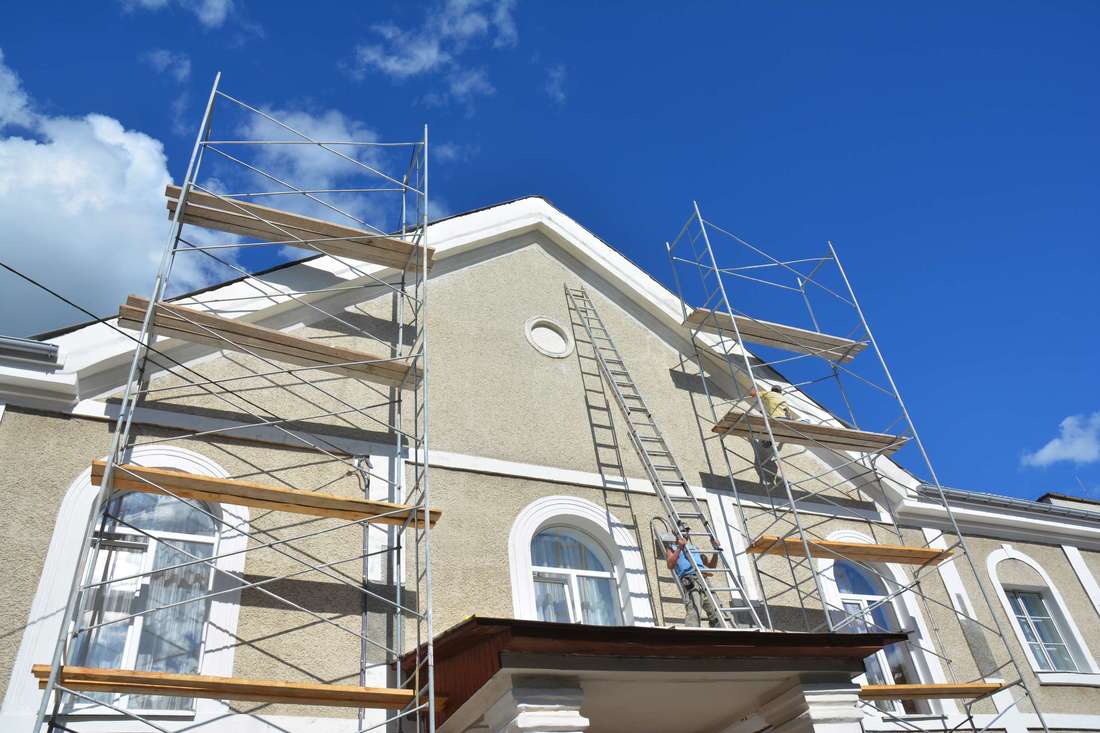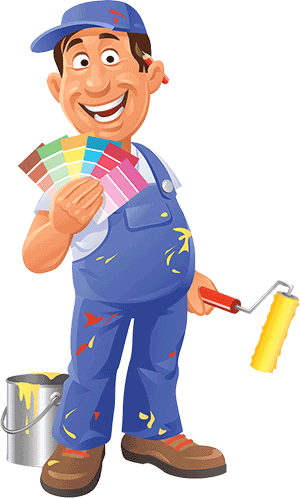If you are planning to paint your house, you might be wondering when the best time is to do it and if weather conditions can affect the project. Most people know to avoid a painting project when the temperatures are very cold or below freezing and when it is raining, or the surface is extremely wet. One question we always get is whether you can paint your house when the conditions are damp or humid. So many parts of the country have some level of humidity in the air, so it can be hard to know when too much humidity will be a problem for your painting project.
One of the most common reasons for a house painting project to fail is a moist surface. But, if you live where humidity is a constant problem, if you plan your life around waiting for the humidity to subside, you would never get through a day! When there is dampness, dew or other moisture in the air, the key is that you must stop focusing on the humidity in the air and put your focus on how damp your surface is. A chemist will tell you that the critical issue for the paint to dry properly is how fast the water and the solvents in the paint will dry – which one will dry first? If the water disrupts how the solvent dries, it is possible that the will not form a hard surface. When it is humid, the solvents could evaporate first, and the water doesn’t really evaporate at all. The paint can not set or cure when there is so much water. This is when your paint project fails due to the humidity level being too high. One very important thing to note here is that this is not just a problem for water-based paints, oil-based paints face the same exact issue.
Our experts break down the optimal conditions for painting the best exterior painting process into three levels below:
A great tip from our team of experts is to carefully plan the time you start your painting project. They suggest you start when the temperatures are rising, several hours before the day’s peak temperature hits (usually late afternoon). As the temperature hits its peak, you want to be sure the paint has started curing, and any moisture evaporation will not impact how the pain adheres or its final finish. However, be careful not to start too early in the day that you have dew sitting on the surface that you are painting.
One of the most common reasons for a house painting project to fail is a moist surface. But, if you live where humidity is a constant problem, if you plan your life around waiting for the humidity to subside, you would never get through a day! When there is dampness, dew or other moisture in the air, the key is that you must stop focusing on the humidity in the air and put your focus on how damp your surface is. A chemist will tell you that the critical issue for the paint to dry properly is how fast the water and the solvents in the paint will dry – which one will dry first? If the water disrupts how the solvent dries, it is possible that the will not form a hard surface. When it is humid, the solvents could evaporate first, and the water doesn’t really evaporate at all. The paint can not set or cure when there is so much water. This is when your paint project fails due to the humidity level being too high. One very important thing to note here is that this is not just a problem for water-based paints, oil-based paints face the same exact issue.
Our experts break down the optimal conditions for painting the best exterior painting process into three levels below:
- 40-50% or lower is the best; this is ideal for a painting project.
- Over 70% humidity levels will not prevent you from proceeding with your paint project but bear in mind that you will see the paint dry or cure much slower
- Over 85% humidity is dangerous to the success of your paint project. This is not recommended. The paint will likely be sticky and gel-like.
A great tip from our team of experts is to carefully plan the time you start your painting project. They suggest you start when the temperatures are rising, several hours before the day’s peak temperature hits (usually late afternoon). As the temperature hits its peak, you want to be sure the paint has started curing, and any moisture evaporation will not impact how the pain adheres or its final finish. However, be careful not to start too early in the day that you have dew sitting on the surface that you are painting.



